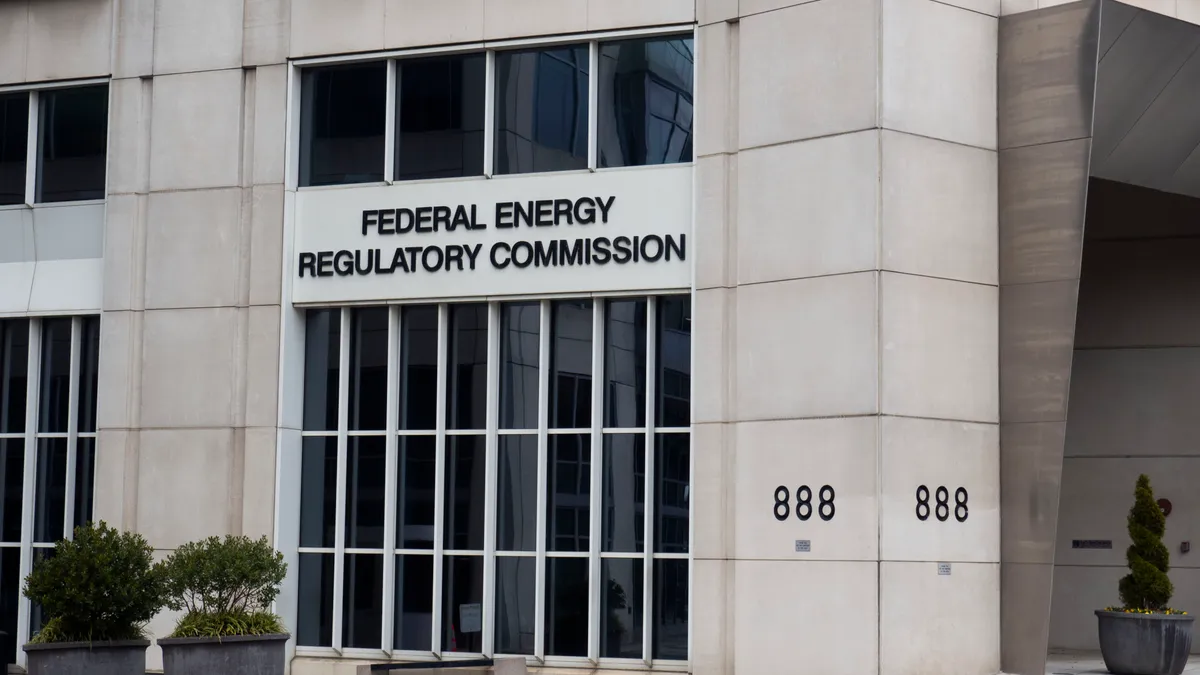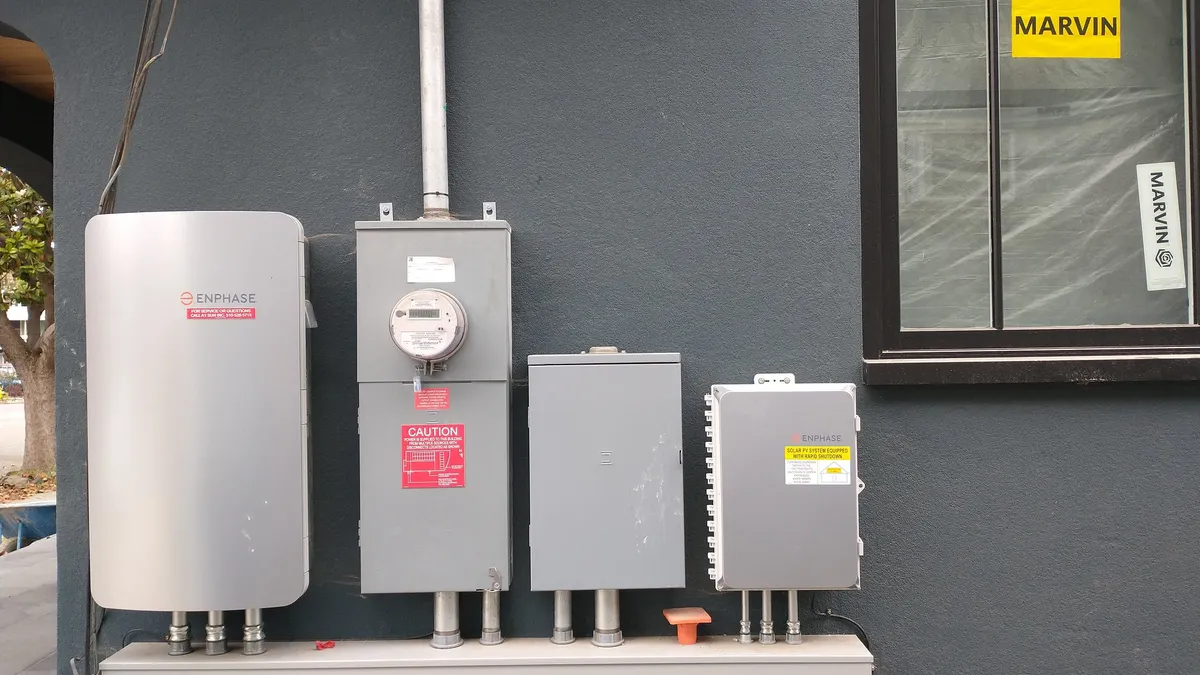A fight is underway in Pennsylvania to determine the future of the state's demand response programs, with three major demand response providers – Comverge, EnerNOC and Johnson Controls – lined up against utilities, generators and large industrial customers.
The stakes are high. Two utility companies – PPL and FirstEnergy – want the demand response programs ended because a recent study found they were more expensive than the savings they produced. While the issue is focused on Pennsylvania, it could affect other demand response programs that participate in the PJM Interconnection.
Under the spotlight is Pennsylvania's Act 129, a law passed in 2008 that required the state's utilities to cut overall electric use by 3% and peak demand in the top 100 hours of the year by 4.5% by June 2013. Under the act, utilities offer demand response programs administered by companies like Johnson Controls.
Last year, the Pennsylvania Public Utilities Commission (PUC) hired GDS Associates to see if the Act 129 demand response programs were cost effective and to determine how much they were lowering wholesale power prices. GDS found that the programs cost more than they saved because of the 100-hour methodology as well as how the state's cost-effectiveness test was designed, according to a report released in November. The programs lowered wholesale prices by about $635 million in 2012, the report said.
GDS recommended that the PUC do away with the 100-hour approach. It also suggested changing the way the program's cost effectiveness was measured. The program could be cost effective with those changes, according to GDS.
In November, the PUC asked for comments on the GDS recommendations. All parties support ending the 100-hour methodology. After that, the agreement largely ends.
First, lets take a look at what the demand response companies are facing.
Generators, utilities oppose Act 129 DR
The Electric Power Generation Association (EPGA), representing independent power producers, opposes letting Act 129 demand response resources from bidding into PJM's capacity market. EPGA contends that the proposal would “distort” the wholesale market because the resources have been “subsidized” by ratepayers, according to comments filed with the PUC.
Further, the group opposes efforts to lower wholesale power prices, “which are already under considerable strain due to poor economic conditions, the abundance of low-cost natural gas, the distortive effects of state renewable portfolio standards, the importation of large amounts of capacity from outside the PJM region, and the proliferation of wholesale demand response due to the incentivized payments those resources receive.”
PPL Electric Utilities agrees with EPGA and large industrial customers that letting Act 129 demand response bid into PJM's capacity market would distort the wholesale electric and capacity markets.
PPL and FirstEnergy also contend that expanding demand response requirements is not allowed because they were shown to not be cost effective. Further, PPL argues that the PUC can't change the way demand response costs are evaluated. PPL is urging the PUC to drop the requirement that demand response targets and plans be included in future utility energy efficiency and conservation plans.
Demand response companies point to program benefits
The utility, generator and industrial customer comments are a “collateral attack” on Act 129, according to a mid-January filing from the demand response companies. The large generators see demand response as a competitive risk while the industrial firms don't want to pay for demand response programs, the companies said. Utilities oppose the demand response program because of their financial interests and their “resentment” that third-party companies were directed to provide demand response resources, the coalition said.
“Demand response programs bring energy savings to [utility] customers, increase energy efficiency and conservation, improve reliability, reduce power plant pollutant emissions, help avoid brownouts and blackouts, and reduce the wholesale price of electricity,” the group said.
Letting the Act 129 demand response resources participate in capacity markets would further federal policy and make the markets more competitive, the companies said. “The policy arguments made against offering these resources into PJM's capacity markets appear to emanate from a more basic opposition to demand response as a legitimate capacity resource that is suitable to participate in these markets,” the companies said.
The demand response companies aren't alone in pressing the PUC to keep the Act 129 programs. The Office of Consumer Advocate wants to see the demand response programs continue, too. “The OCA strongly supports the continuation of the residential demand response and load control programs in Pennsylvania as such programs can be cost-effective when properly implemented and designed,” OCA said.
Ending the Act 129 demand response programs would help increase power prices in Pennsylvania, making generators happy. But would that make the PUC happy, which is looking out for the interest of the state's ratepayers? That's unlikely, but we'll have to wait for the commission's decision to see how this fight ends.






















